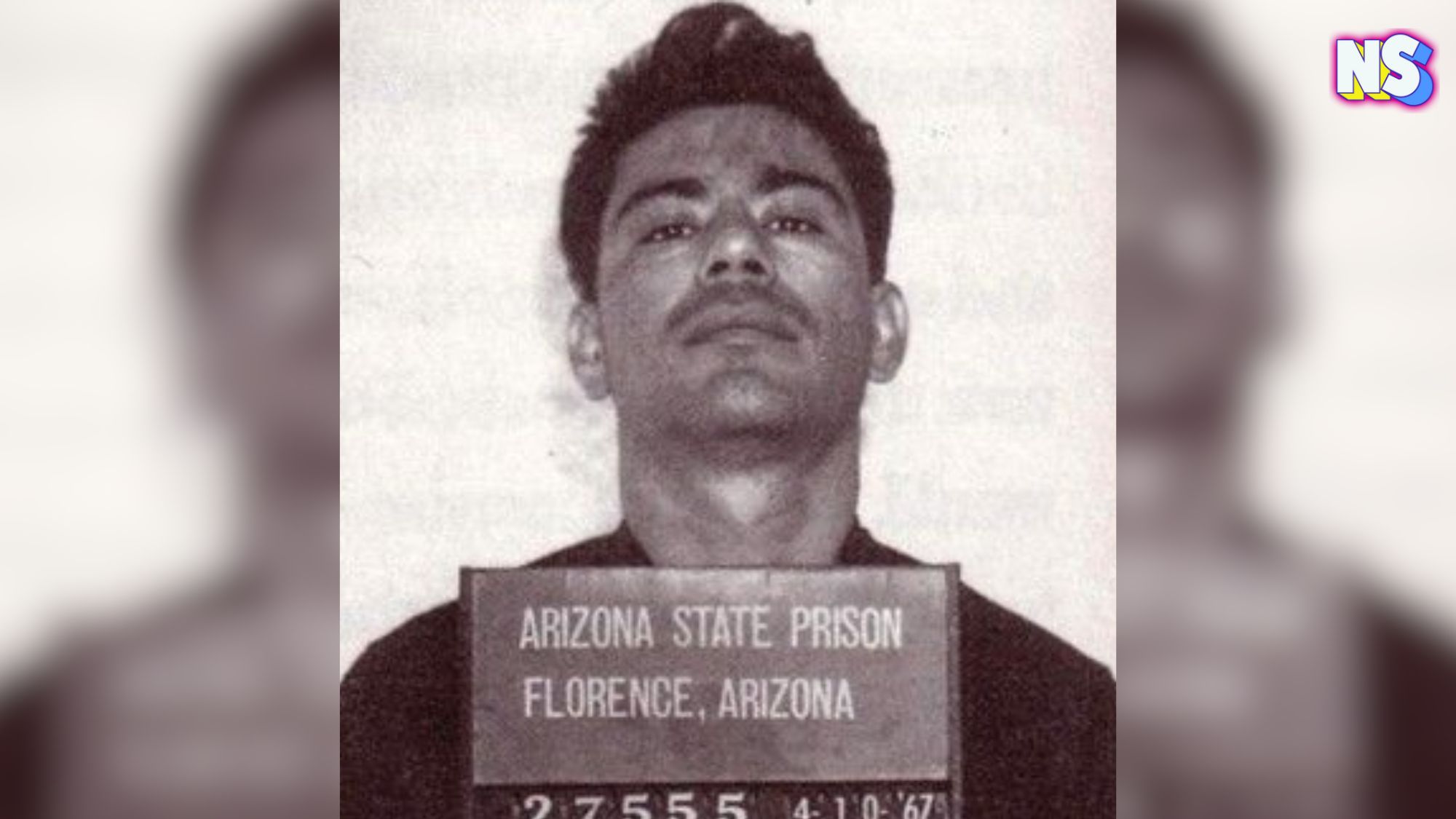Remember being taught about “Operation Wetback” in elementary school? No? What about in your middle school history class? Still a no? Then how about in high school? Still not ringing a bell? Actually, that sounds about right.
You won’t find Operation Wetback in school textbooks, either printed or online. It’s never been sandwiched between chapters on the Constitution and the Cold War. And curious young minds won’t be able to find this mid-20th-century campaign – with the highly offensive name – with a simple TikTok search either. They block it.
But, know this: Operation Wetback was real. Confused? Welcome to a recurring theme of United States immigration policy.
The Operation Wetback Backstory: Inviting Workers, Then Changing the Rules
During World War II, farmers in the U.S. needed workers. Enter the Bracero Program of 1942, a deal between the U.S. and Mexico that allowed Mexican workers to legally cross the border for temporary farm jobs.
“Despite a widespread belief among native-born Americans that Mexicans came to the United States to steal jobs from American workers, many were invited to the country to work in its fields,” the History channel explains.
Workers were promised fair wages and humane treatment, though in reality, many were treated like disposable tools. Texas wasn’t even allowed to participate at first because its lawmakers had a reputation of discriminating against Mexicans.
@chicanaguera Credit to https://youtu.be/OC5Mt1MQ_0k #mexicantiktok #mexicanindigenous #nativetiktok #hispanictiktok #learnontiktok #historytok
♬ Selfcare-demo – Bella Moulden
However, as the program grew, some employers decided to ignore the rules put in place by the federal government and Mexico and hired undocumented workers anyway. This is where the term “wetback” was coined.
Enter Operation Wetback
In 1954, the Eisenhower Administration decided it was time to “regain control” of its borders, but in a way that violated the rights of legal immigrants and U.S. citizens alike. The result? Operation Wetback, where people were rounded up and deported.
“The growers hiring these workers preferred undocumented laborers because fewer regulations governed their treatment,” Mae M. Ngai, a history professor at Columbia University, told 60 Minutes.
She added: “This practice embarrassed the Immigration and Naturalization Service (INS), which wanted farmers to hire only the contracted braceros under federal programs. The INS faced mounting pressure to address the increasing number of undocumented immigrants. As a response, Commissioner of Immigration Joseph Swing devised a large-scale plan to apprehend and deport undocumented immigrants. The operation was named ‘Operation Wetback,’ a term derived from the derogatory slur used to describe individuals who swam across the Rio Grande to enter the U.S. illegally.”
The media used the term when describing the immigrants and the “problem” at the U.S. and Mexico border.
A “Solution” Gone Horribly Wrong
“During Operation Wetback, tens of thousands of immigrants were shoved into buses, boats and planes and sent to often-unfamiliar parts of Mexico, where they struggled to rebuild their lives,” the History channel writes. “In Chicago, three planes a week were filled with immigrants and flown to Mexico. In Texas, 25 percent of all of the immigrants deported were crammed onto boats later compared to slave ships, while others died of sunstroke, disease and other causes while in custody.”
Spoiler Alert: it didn’t work. According to Agricultural and Resource Professor Emeritus Philip Martin, of UC Davis, both the Bracero Program and Operation Wetback were “mistakes.” The former set mass migration into motion, and the latter trampled on human rights.
RELATED POST: Forgotten Deportations: The ‘Mexican Repatriation’ of the 1930s
The mass deportations lasted for about a year and many people died. The Eisenhower Administration said that about 1 million people were deported, but some historians say that the numbers were much lower. However, in all, Operation Wetback was very expensive and did not solve immigration or labor issues at the time.
Why You’ve Never Heard About This
These days, most students have never heard of this ugly chapter of their country’s history. Even TikTok, the Chinese social media giant, won’t touch this topic with a ten-foot algorithm. Go ahead, just type in “Operation Wetback” into TikTok’s search bar. You’ll get this message: “This phrase may be associated with hateful behavior. TikTok is committed to keeping our community safe and working to prevent the spread of hate.”
Yup, the TikTok bots don’t like this dark chapter in U.S. immigration history either.
So, next time someone brings up the “Land of Opportunity” and the “American Dream,” feel free to bring up Operation Wetback. … especially at the dinner table when someone asks, “Why don’t people just come here legally?” Thanksgiving dinner conversations will never be the same.





